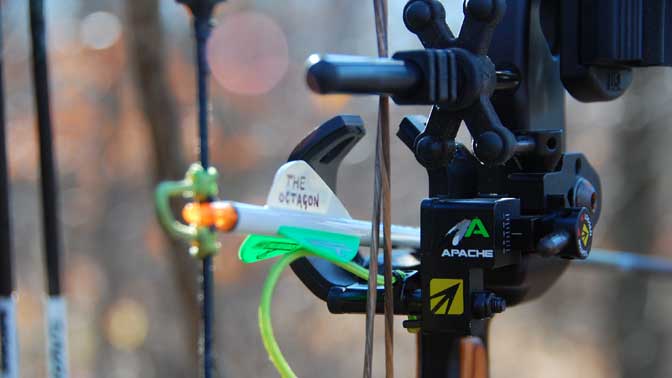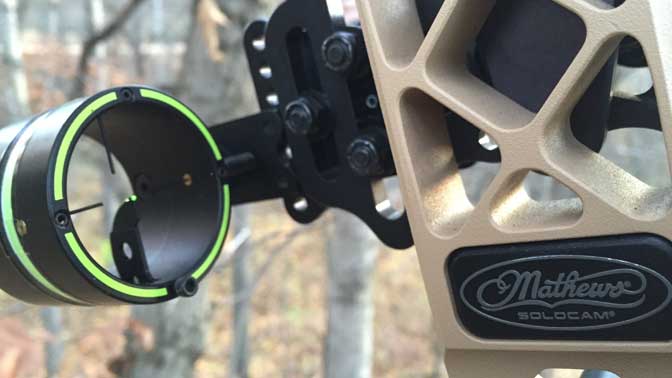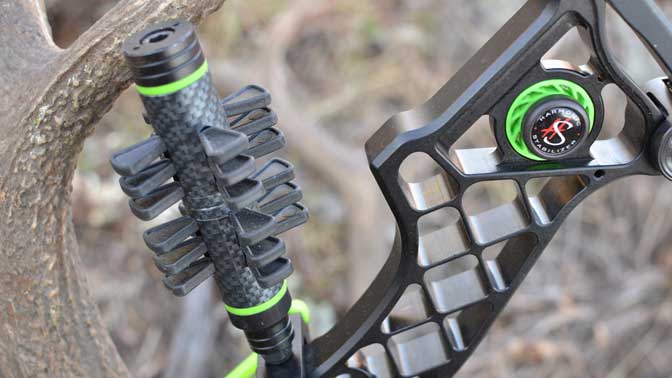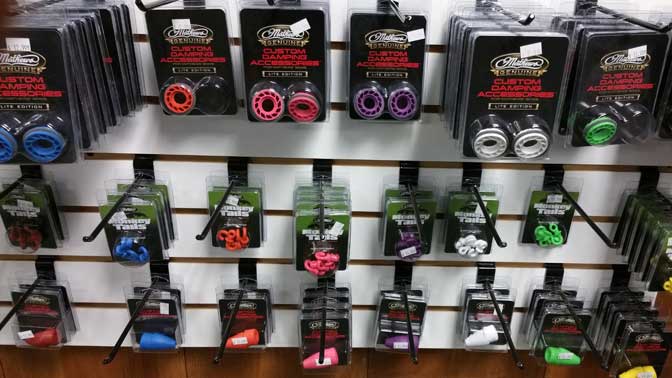Hunting seasons are opening across the country. Tons of preparation has led up to this point. But have you taken the necessary steps to make sure your bow is as stealthy as possible? Is your bow dead? Deadly quiet, deadly smooth, and deadly accurate?
I remember the first bow my dad got me. It was a Bear/Jennings Deer Slayer. It was obnoxiously oversized, nearly took 2 people to carry it into the woods, and it made an astonishing amount of noise. Fortunately for us as hunters and archers, times have changed. Today’s equipment is far superior to its predecessors. It’s lighter, faster, and it’s quieter. But even as “dead” as todays bows are, there are still a few things that can make a world of difference when it comes to making your bow dead. As much as some like to think their bow is the “best bow” out there, the reality is most all bows are very well built these days. Despite what you may hear, you really can’t go wrong when purchasing a bow from any of the leading manufacturers.
Regardless of the bow, much of the business of effective bowhunting takes place with the rest, sight, and stabilizer. All are key components, yet sometimes we forget the more accessories we attach the more of a chance for vibration and noise to attack our setup.
Rest Easy
When it comes to rests some choose the fall away, and some choose fixed position. Fall away rests accomplish clearance from the arrow upon the release of the bow string. They are very slick, but noise can creep in from the control cable, fasteners, and the fingers on the rest. Checking all your fasteners on the rest will remove any chance for added noise and vibration. Is your rest properly adjusted so that it does not make contact with the shelf or the riser? With a fixed position rest the same principles apply. Check all your fasteners as well as any attachments, fingers, discs, and be certain everything is secure.

A mishap with your arrow rest is a deal breaker for sure. Give it a good look before you climb into the stand to make sure it’s flawless.
Tight Sights
Whether it’s a 1 pin adjustable or multiple fixed pins, todays sights are busy. Most of them are armed with micro-adjust, fiber optics, brackets, screws, lights, and everything else but the kitchen sink. I notice on a lot of bows I’ve looked at or worked on, the sights are where guys are getting most of the noise and vibration. Always check fasteners to make sure everything is tight and secure. I use a rubberized thread locker on all my fasteners. I’m still able to move it when I need to yet it stays secure and free of vibration.

Bow sights seem to get all the blame for missed shots and failure. Eliminate the excuses. Make sure your sight is tight.
Steady and Stable
While it’s true many deer have fallen to a bow without a stabilizer, today most every archer is using one. Each person’s bow sets up a bit different than the next. The key here is to find the stabilizer that works best for your setup. I want my bow to be dead at the shot, meaning I don’t want the bow to feel like it’s jumping forward or tilting top to bottom at the shot. When my bow is released it doesn’t move but the slightest bump in my hand. At the release of your arrow, the force of the bow must go somewhere. Vibration moves down the limbs, through the riser, and out the front into your stabilizer. Beyond the stabilizer, I always recommend some kind of dampening device whether it’s a vibration reducing material, a rubber add-on, etc.

More than just a stabilizer. Noise and vibration can also be deadened with a quality stabilizer.
Most bows today are equipped with some type of string stop. But when not properly installed and checked, they can become a hotspot for unwanted noise. I always remove the small screws that hold the stop in place and put a dab of rubberized thread locker on them to insure that they are not coming loose from the string constantly beating on them.

Options are seemingly endless when it comes to making your bow dead.
Limb dampeners today are quite plentiful as well. While they all work, they all have their different places on our bows. In order to deaden any limb vibration, always try to mount the dampeners at a point of contact where vibration and noise transfer from one spot to another.
While today’s industry is littered with all kinds of fancy colored gizmos and gadgets, be sure to take some time to remember and ask yourself, “Is my bow dead?” Dead from vibration? Dead from noise? Dead from distractions? Consider function over fashion, and your equipment will be as dead as possible this season.






